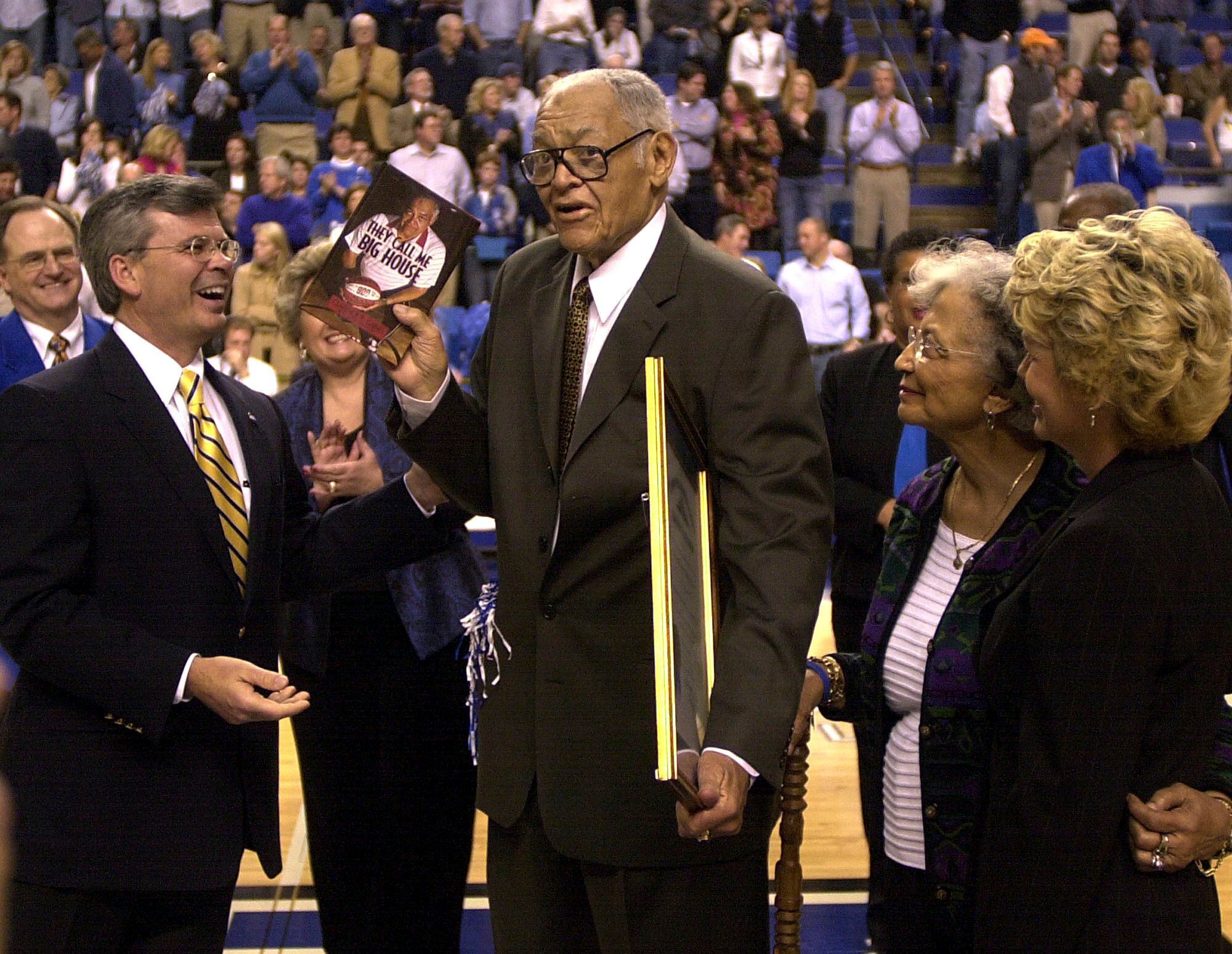Written By Tim Reynolds
The men’s basketball teams at Tennessee State in a three-season span from 1956 through 1959 were nearly unbeatable and somehow largely unnoticed.
They had a coach in John McLendon who would be enshrined in the Basketball Hall of Fame as a coach and contributor. They had five players who would play in the NBA, one of them a future All-Star. They won three consecutive national titles in the NAIA, the governing body for small colleges. TSU won 94 of 102 games during that stretch.
And they never spent a day in The Associated Press men’s basketball poll.
The AP poll has had a simple mandate over its 75 years of existence: pick the best teams in the country each week. Those teams now all come from the NCAA’s Division I membership. But in the poll’s earliest days — especially before most historically Black colleges and universities were considered NCAA members — the lines were a bit more blurred. Schools like Tennessee State were considered part of the “college division,” which was different than the likes of North Carolina and Kentucky. College division teams were not part of the polling.
“We only needed the chance,” Dick Barnett, the player who became an NBA All-Star and two-time NBA champion out of Tennessee State, said when he entered the Small College Hall of Fame in 2016. “We could have competed with any NCAA team at that time.”
Tennessee State — which did make two appearances in the coaches’ poll in 1959, toward the end of its back-to-back-to-back run as NAIA champions — and other Black schools were judged differently than the basketball blue bloods. Race was a major reason why.

